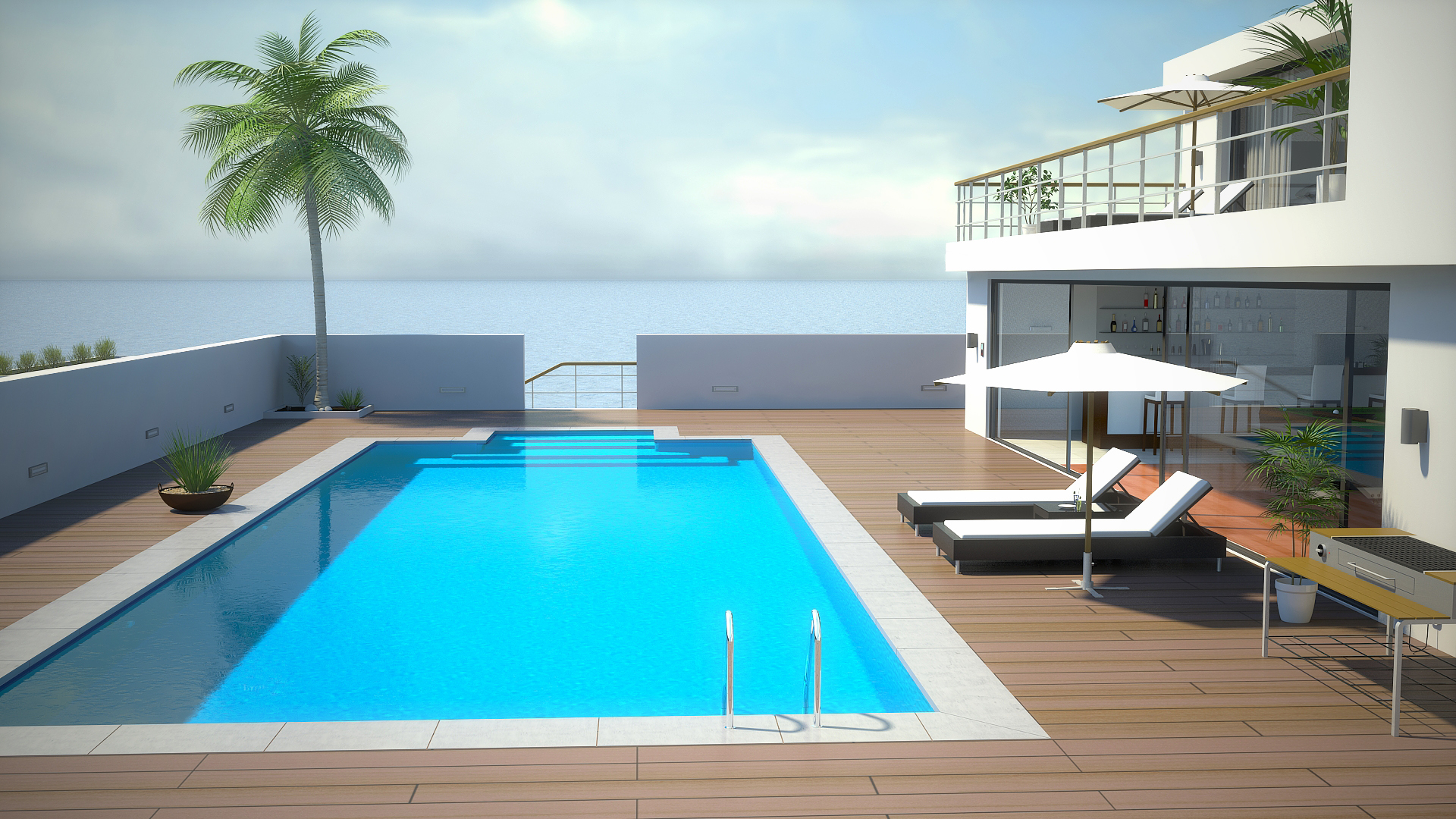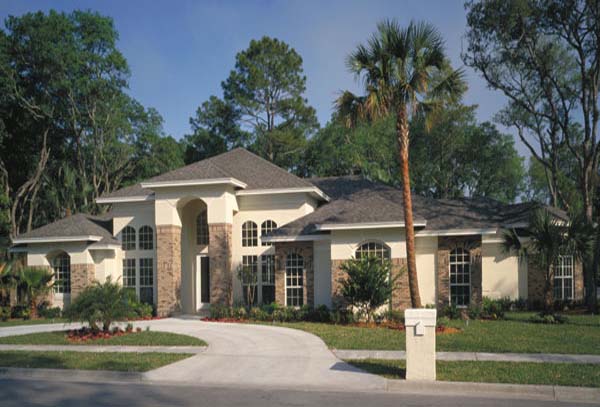Home > Famous houses in America > Belcourt Castle
Belcourt Castle

Belcourt Castle, located in Newport, Rhode Island, is a magnificent mansion with a rich history and architectural grandeur. It stands as a testament to the Gilded Age and the opulence of America's elite during the late 19th and early 20th centuries. In this comprehensive overview, we will explore the history, architecture, interior design, and cultural significance of Belcourt Castle.
History of Belcourt Castle:
Belcourt Castle was commissioned by Oliver Hazard Perry Belmont, a prominent American socialite and sportsman, in 1891. The mansion was designed by renowned architect Richard Morris Hunt, who also designed the Vanderbilt's Marble House and the Biltmore Estate. Belmont aimed to create a summer residence that would rival the grandeur of European castles, incorporating elements of various architectural styles.Over the years, Belcourt Castle changed ownership and went through several transformations. In the mid-20th century, the mansion was purchased by the Tinney family, who opened it to the public as a museum. Today, it is owned by Carolyn Rafaelian, founder of Alex and Ani, who is committed to preserving its historical and cultural significance.
Architecture of Belcourt Castle:
Belcourt Castle exhibits a unique blend of architectural styles, combining French Renaissance, Gothic, and English Tudor influences. The exterior features intricate stonework, pointed arches, and steep gables, reminiscent of European castles. The main entrance showcases a grand porte-cochère, leading to a stunning central courtyard.
The interior of Belcourt Castle is equally impressive, with lavish rooms and intricate detailing. The Great Hall, inspired by the Louvre Museum in Paris, boasts a soaring ceiling, stained glass windows, and marble columns. The Ballroom, with its ornate plasterwork and crystal chandeliers, served as a venue for extravagant parties and social gatherings. Other notable rooms include the French Gothic Dining Room, the Library, and the Chinese Tea Room.
Interior Design and Decor:
The interior design of Belcourt Castle reflects the eclectic tastes and extravagant lifestyles of its owners. Each room is meticulously decorated with luxurious furnishings, fine art, and decorative objects collected from around the world. The mansion showcases an extensive collection of antiques, including French furniture, Oriental rugs, and Renaissance tapestries. Belmont was particularly interested in the occult and esoteric symbols, which are evident in the design elements throughout the castle. Intricate carvings, hidden compartments, and secret passages add an air of mystery and intrigue to the mansion.
Cultural Significance:
Historical Significance:
Belcourt Castle holds significant historical value as a representation of America's Gilded Age and the extravagant lifestyles of the elite during that period. It reflects the aspirations and achievements of Oliver Belmont and the social elite of Newport. The mansion serves as a time capsule, providing insights into the cultural, social, and architectural trends of the late 19th century.
Architectural Heritage:
Belcourt Castle is an architectural gem, showcasing the creativity and craftsmanship of Richard Morris Hunt. Its unique combination of architectural styles and its meticulous attention to detail make it a remarkable example of the Gilded Age architecture in America. The castle's design and construction techniques continue to inspire architects and enthusiasts alike.
Cultural Preservation:
The current owner, Carolyn Rafaelian, is dedicated to preserving Belcourt Castle's historical and cultural significance. Through restoration efforts and the careful curation of its collections, the mansion continues to be a living museum, providing visitors with a glimpse into the past. The castle also hosts various events, including tours, private functions, and cultural activities, further contributing to its cultural preservation and public engagement.
Conclusion:
Belcourt Castle is a remarkable testament to the Gilded Age and the architectural grandeur of America's elite. Its unique blend of architectural styles, lavish interiors, and cultural significance make it a prominent landmark in Newport, Rhode Island. As a living museum, it allows visitors to step back in time and experience the opulence and elegance of the late 19th and early 20th centuries. Belcourt Castle stands as a captivating reminder of America's rich history, architectural heritage, and the legacy of its visionary owners.
Making
To achieve its distinct look, Belcourt Castle incorporates a combination of materials such as brick, stone, and stucco. Brick and stone are used to frame the windows and doors, adding structural and decorative elements to the facade. These materials not only provide durability but also contribute to the castle's grandeur and timeless appeal. In addition to brick and stone, fields of stucco are used on the exterior walls of Belcourt Castle. Stucco is a plaster-like material that can be applied to various surfaces, resulting in a smooth and decorative finish. The use of stucco on the castle's walls creates a cohesive and visually pleasing appearance, adding texture and character to the overall design. By combining these materials—brick, stone, and stucco—Belcourt Castle achieves a visually striking and harmonious exterior. The use of brick and stone for framing details and stucco for the main wall surfaces creates a balance between structural solidity and aesthetic elegance, enhancing the castle's architectural appeal. The unique combination of materials at Belcourt Castle contributes to its distinctive appearance and adds to the allure of this historic architectural gem.
1. Stone: The exterior of Belcourt Castle features a predominantly stone façade. The mansion incorporates elements of French Renaissance architecture, and the stonework adds a sense of grandeur and solidity to the structure.
2. Wood: Wood was used extensively in the interiors of Belcourt Castle, particularly for flooring, paneling, and decorative details. High-quality hardwoods such as oak, mahogany, and walnut were likely used to create an elegant and rich aesthetic.
3. Marble: As a symbol of luxury and refinement, marble was used for various purposes in Belcourt Castle. It may be found in the grand entrance hall, staircase, fireplaces, and other ornamental elements throughout the mansion.
4. Stained Glass: Stained glass windows were incorporated into the design of Belcourt Castle, adding a touch of color and artistic flair to the interiors. These windows often featured intricate designs and provided a visual highlight in certain rooms.
5. Metals: Ornamental metals, such as brass, bronze, and iron, were used for railings, fixtures, and decorative accents throughout the castle. These materials contribute to the overall aesthetic and reflect the craftsmanship of the era.
It's worth noting that Belcourt Castle underwent several renovations and transformations over the years. The materials and design elements may have evolved or been modified during these processes. For a more detailed and accurate understanding, it is advisable to consult historical records or specific documentation related to Belcourt Castle's construction and renovations.









